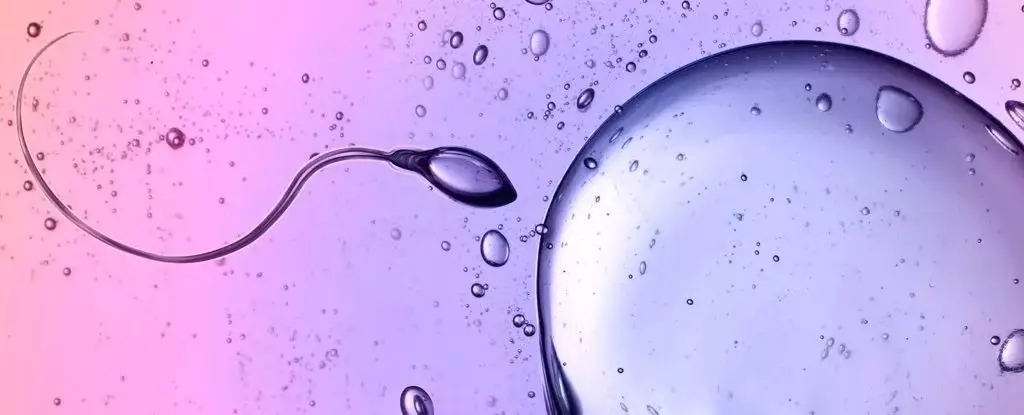Recent research has unveiled a fascinating aspect of how human sperm navigate through viscous fluids, seemingly defying the principles established by Isaac Newton several centuries ago. Conducted by Kenta Ishimoto and his team at Kyoto University, this study delves into the intricate motion patterns of sperm and similar microscopic swimmers, ultimately shedding light on the fundamental physical principles that govern their behavior in environments characterized by high resistance. The findings challenge the conventional paradigms of classical physics, particularly Newton’s third law, which posits that for every action, there exists an equal and opposite reaction.
Isaac Newton’s laws, formulated in 1686, have long provided a framework for understanding the motion of macroscopic objects. His third law illustrates a balance of forces, stating that two interacting bodies exert equal and opposite forces upon one another. This law holds true in many basic physical systems, such as colliding marbles where each object’s motion is predictably altered by the encounter. However, Ishimoto’s research suggests that microscopic systems, particularly those involving living organisms like sperm and algae, exhibit behavior that is not only complex but, at times, inexplicable by Newtonian physics.
In living systems where energy is generated internally, like in swimming sperm or flapping birds, non-reciprocal interactions arise. These systems operate under conditions where established principles may not entirely apply, illustrating a chaotic microscale landscape where conventional mechanics can lead to unexpected results.
The study focused primarily on the flagella of sperm and the green algae known as Chlamydomonas, both of which possess remarkable appendages that aid in movement. Flagella are slender structures that can bend and change shape to produce propulsion; however, in a highly viscous fluid, one would typically expect that the energy exerted through these motions would dissipate rapidly, hindering movement.
Contrary to this expectation, the research revealed that these microscopic organisms possess an unusual property termed ‘odd elasticity’. This peculiar characteristic allows their flagella to move energetically yet remain efficient in their propulsion. The research goes beyond mere observation; the team presents a new term—odd elastic modulus—that encapsulates the unique mechanical properties exhibited within these biological structures. This term represents a significant advance in understanding the physics of flexible swimming appendages and their finite capabilities in resisting viscous forces.
The implications of Ishimoto’s research extend beyond mere academic curiosity. By understanding how these microscopic swimmers effectively navigate in challenging environments, researchers hope to apply these insights to fields such as robotics and material design. The study’s findings could pave the way for developing small, self-assembling robots that emulate natural movement patterns, a leap forward in bio-inspired design.
Furthermore, the modeling techniques used in this study could facilitate a greater comprehension of collective behavior in biological systems. As researchers explore how microscopic entities interact with their surrounding fluid medium, the principles derived from such studies could enhance the understanding of not only swimming organisms but also broader ecological interactions.
Overall, the study conducted by Kenta Ishimoto and his colleagues challenges long-standing notions of physics as applied to biological entities. By revealing the non-reciprocal interactions responsible for the unusual motion of sperm and algae, this research opens new avenues in both scientific knowledge and practical applications. As we venture deeper into the realm of biological mechanics, we find that nature often defies our neat laws and principles, revealing a complexity that invites further inquiry and innovation. Understanding these principles not only helps in demystifying the motion of microscopic entities but also underscores the intricate balance between energy, force, and movement in live systems.


Leave a Reply